The Role of Pilates in Rehabilitation and Core Strength
Let me tell you a little secret: Pilates has completely transformed the way I think about movement, strength, and injury recovery. If you’ve ever struggled with chronic pain, injury rehab, or just want to build a strong, stable core, you might want to stick around for this one.
I’ll admit, the first time I heard about Pilates, I pictured something between yoga and stretching — something that dancers and gymnasts did. Nice, but not exactly what I’d call a workout.
Oh, how wrong I was!
As it turns out, Pilates is all about stability and strength, with the added bonus of flexibility improving as a consequence of how the exercises are performed and the design of the Pilates machinery. I soon came to realize that, when used correctly, the Pilates machinery can not only provide the basis for a comprehensive injury rehabilitation program but also deliver a higher-intensity strength workout than I had been able to achieve in many years of training with weights in the gym.
It’s not just about getting flexible or toned; it’s about building functional strength, improving posture, and — most impressively — aiding in rehabilitation.
My Introduction to Pilates for Rehab
My initial deep dive into Pilates came as a consequence of a chronic lower back injury that I sustained as a teenager. I’d been stubbornly ignoring the warning signs — numbness in my left upper leg, occasionally debilitating sharp pains, and general lower back stiffness — for many years.
A physiotherapist I was working for asked if I was interested in training as a clinical Pilates instructor. I thought, What better way to see if this Pilates thing is any good or not?
After completing the initial training, I set about rehabilitating my back. Twelve months later — no numbness, pain, or stiffness. I got an X-ray of my lower back to see how the structure was going (previously, degeneration had been diagnosed). The report came back with no injury noted. Twenty-two years later, I occasionally experience numbness if I do the wrong thing — but I can easily eliminate it with a couple of exercises.
Why Pilates Works for Rehabilitation
One of the things I quickly learned is that Pilates focuses on using the correct muscles in the correct order, controlled movements, and postural/joint alignment — an ideal approach to rehabilitation.
The mantra I was taught: Stability → Flexibility → Strength = Good Outcomes
Every movement is deliberate and slow, with an emphasis on engaging the core and protecting the spine. There’s no tossing weights around or jerky motions to aggravate injuries.
Pilates helped me strengthen my deep stabilizing muscles (the ones that support the spine and pelvis) without causing further strain. This allowed me to relax the back muscles that were causing most of my problems. I also modified movements to suit my limitations and continually worked on my posture to minimize pressure on my lower back. Progress was gradual but steady — and the best part? No more wincing every time I bent down the wrong way.
For anyone dealing with injuries, the ability to adjust exercises to suit your needs is a game changer. Pilates meets you where you are and builds from there — which, honestly, kept me invested in working through my rehabilitative process.
Building Core Strength, the Right Way
Now, let's talk core. Pilates and core strength are practically synonymous. But when I say core, I’m not just talking about abs you can grate cheese on. The core is a whole network of muscles — front, back, sides, and deep stabilizers — that keep you balanced, upright, and moving.
Understanding how to engage your core muscles correctly is where we start in Pilates. This allows you to stabilize any and every joint in your body. The most common misconception? That it’s all about abs. Abs won’t stabilize your knees.
A big part of our focus when instructing Pilates at Chevron Island Physio is teaching our clients how to engage the correct muscles in the correct order to optimize joint stability.
Then, of course, there’s breathing. Yep, breathing.
Breathing not only provides us with oxygen, but it’s also integral to maintaining core strength and posture while exercising. When we breathe correctly into our lungs, we not only maximize oxygen uptake — we’re also able to maintain our core muscles and postural positioning while performing exercises.
The Mental Benefits — Because It’s Not Just About Muscles
Surprisingly, one of the best parts of Pilates was the mental focus it required. You can't just zone out and go through the motions — trust me, I tried. Each move demands attention to form, breath, and control. It’s almost meditative, and for someone who usually struggles to switch off their mind, this was a welcome bonus.
That mind-body connection is a huge part of why Pilates is so effective for both rehabilitation and core strength. When you’re fully present, you move better — and when you move better, you heal faster. Simple as that.
Final Thoughts: Should You Try Pilates?
If you’ve been dealing with injuries, chronic pain, or just want to build a stronger core, Pilates might just be the thing you didn’t know you needed. The best part? It’s accessible for all fitness, age, and health levels. You don’t have to be super flexible or strong to start — you just need a willingness to learn and a bit of patience.
Looking back, I can’t believe I was skeptical. What started as a reluctant step into the world of Pilates ended up being one of the best decisions for my body.
So, if you’re on the fence, my advice is simple: give it a go.
Written by Simon Ayling
Clinical Pilates Instructor / Remedial Massage Therapist
To see our Physiotherapists or book in for a Pilates consult, book an appointment with us online today or call our team on 07 55 04 7000.



